Writer, critic, and painter Er Tai Gao was born in 1935 near Nanjing. A former member of the Council of the National Association of Art and Literary Theory, he is widely known in China for his contributions to aesthetic theory.
In 1957, he published an essay, “On Beauty,” that challenged the prevailing Communist stance on aesthetics and objectivity. Gao was quickly branded a “rightist” and sentenced to three years of hard labor in the Gobi desert, where nearly three- quarters of his fellow prisoners died.
Over the next forty years, as the Cultural Revolution overtook China and ensuing campaigns toward “eradicating spiritual pollution” rose in its wake, Gao’s strong humanist views, which he expressed through his writing and teaching, made him a target of the Chinese government. He was sentenced again to hard labor from 1966 to 1972, and later dismissed from his duties at Lanzhou University and prohibited from writing and publishing. He was arrested in 1989 following the Tiananmen Square protests, and, after spending nearly a year in prison, was again prohibited from teaching and publishing.
In 1992, he and his wife, the painter Maya Gao, escaped to Hong Kong and eventually settled in the United States. Gao’s published works include The Struggle of Beauty and Beauty, The Symbol of Freedom. His memoir, In Search of My Homeland: A Memoir of a Chinese Labor Camp, was published by HarperCollins in 2009.

